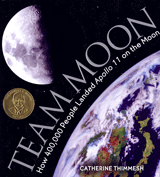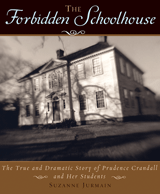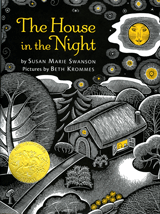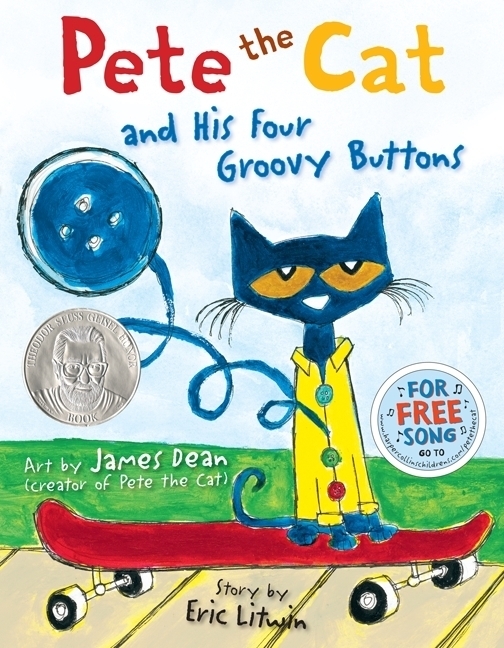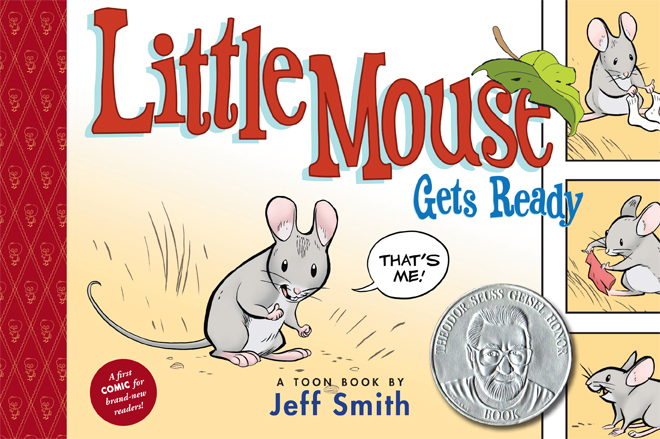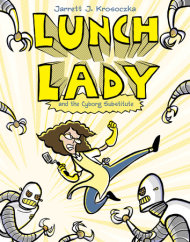 |
| Harper Lee Quote shared using QR Voice |
I have thought about using QR codes in the classroom for a while, but have never organized all of the thoughts and ideas into an actual activity. I think that will change this year. The ideas abound for what can be done with these simple codes. They can be used to simply share contact information, and I am going to do this for back-to-school night so that parents and students can save the school phone number and my email address on their phones automatically. I already saved this code to my website, and will print it out to put outside my classroom door as well. I will probably also do one with the link to my website, just to make saving it a little easier. One challenge with using these is that my school doesn't allow students to have their phones during class, but exceptions can be made for a great educational opportunity. I want to develop such an activity for my students this year, so that they can explore content in a new way. I love all the ideas in Connect Learning Today's article "Exploring the Educational Potential of QR Codes."
One way that I think would be fun for using QR codes in the library is to share event information, such as book fairs, with a link. Another fun idea, which I read about on the blog The Adventures of Library Girl, is to do a "book+resource mash-up" by adding a QR code to a book that links to some online resource that explores or adds to the knowledge shared in the book. I think this is an excellent way to get students to extend their learning beyond the pages of the book. Library Girl had teachers collaborate with her on this project, and also stated that she had many teacher and student recommendations for "mash-ups" after the project was underway and on the shelves. This is an idea that would just keep growing.



